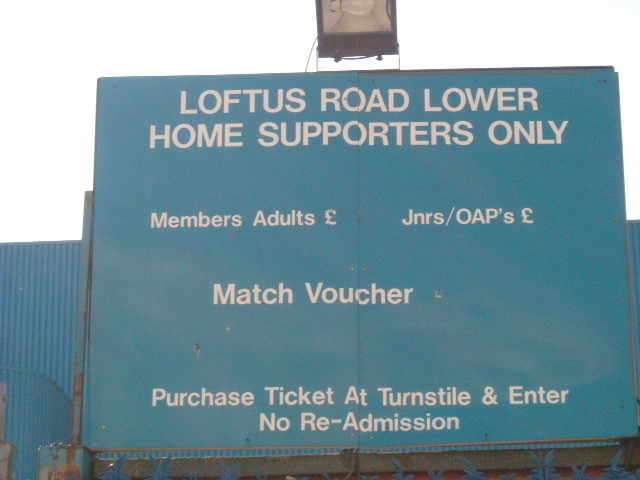
In the modern age of football it’s easy to feel as though clubs arrive on the scene as complete packages. There’s a football club, so that club must have players and those players must have somewhere to play their games.
Things haven’t always been that simple, though. Some sides have had a home and then been kicked out of it. Others were formed, found a temporary home and then moved on to pastures new. That’s why we thought we’d have a quick look at the clubs that have spent time in the highest number of different stadiums whilst looking for a permanent home.
It isn’t a definitive list, of course. The pedants amongst you may question whether a club that played games in a park or on a wasteland can be said to have had a ‘stadium’. Nevertheless, we’re in charge and so what we say goes. We may be slightly liberal in our interpretation of what exactly constitutes a ‘stadium’ or ‘ground’, so if it makes it easier for you accept it then feel free to substitute those words for ‘home’ where appropriate.
Whatever the terminology used the idea is simple: A look at clubs that have wandered from place to place in the search of a home to call their own. For stadiums that have hosted the most clubs click here.
English Clubs That Have Played In Multiple Stadiums
| Team | Previous Stadiums |
|---|---|
| Charlton Athletic | Siemens Meadow, Woolwich Common, Pound Park, Angerstein Lane, The Mount Stadium, Selhurst Park |
| Fulham | Star Road, Eel Brook Common, Lillie Rec, Putney Lower Common, Ranelagh House, Barn Elms Playing Fields, Parsons Green, Half Moon, West Brompton, Loftus Road |
| Gloucester City | Co-operative Field, Llanthony Ground, Avenue Road Ground, Buddings Field, Sutgrove Park, Bon Marche Ground, The Ground at Longlevens, Horton Road Stadium, Meadow Park, The New Lawn, The Corinium Stadium |
| Kingstonian | Oil Mill Lane, Fairfield, Richmond Road, Dinton Road, Lower Marsh Lane, Richmond Road, Beveree Ground |
| Millwall | Glengall Road, Lord Nelson Ground, The Athletic Grounds, North Greenwich, Cold Blow Lane, The Den |
| Nottingham Forest | The Forest, Castle Ground, The Meadows, Trent Bridge, Parkside Ground, Gregory Ground, Town Ground |
| Oxford United | Quarry Recreation Ground, Wootten's Field, Sandy Lane, Britannia Field, Manor Ground |
| Queens Park Rangers | Welford Fields, London Scottish Ground, Brondesbury, Home Farm, Kensal Green, Gun Club , Wormwood Scrubs, Kilburn Cricket Ground, Latimer Road, Royal Agricultural Society showgrounds, Park Royal Ground, Kensal Rise Athletic Ground, White City Stadium |
| Sheffield Wednesday | Highfield, Myrtle Road, Heeley, Hunter's Bar, Sheaf House, Bramall Lane, Olive Grove |
| Sunderland | Blue House Field, Groves Field, Horatio Street, Abbs Field, Newcastle Road, Roker Park |
Plenty of clubs have played in one, two or even three different venues.
In fact there aren’t that many that have only had one home during their entire existence.
Here are the special cases of British clubs that have moved around more than just a couple of times, from well-known names through to less-established non-league sides.
Sunderland – 7
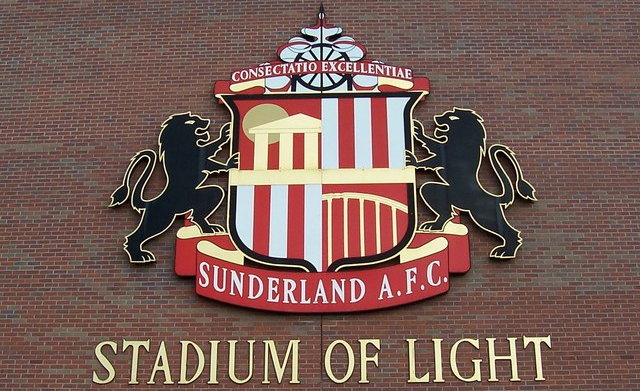
Nowadays Sunderland are known as perennial underachievers who host teams at their home, The Stadium Of Light. Just like they were actually quite successful many moons ago (only five teams have won more top-flight titles than them at the time of writing), so too they were once the league’s constant wanderers. They began life at Blue House Field in Hendon, not far from where the club was formed. In 1882 they spent a season playing at Groves Field in Ashbrooke before spending a year North of the Wear at Horatio Street in Roker.
The Black Cats spent two seasons plying their trade at Abbs Field in Fulwell and this was the first stadium where they charged people an admission to see them play. In 1886 they shifted once more to the ironically named Newcastle Road, staying there for twelve years. On the 10th of September 1898 Roker Park opened its doors for the first time and Sunderland remained there for nearly 100 years, moving to there current home in 1997.
Charlton Athletic – 7
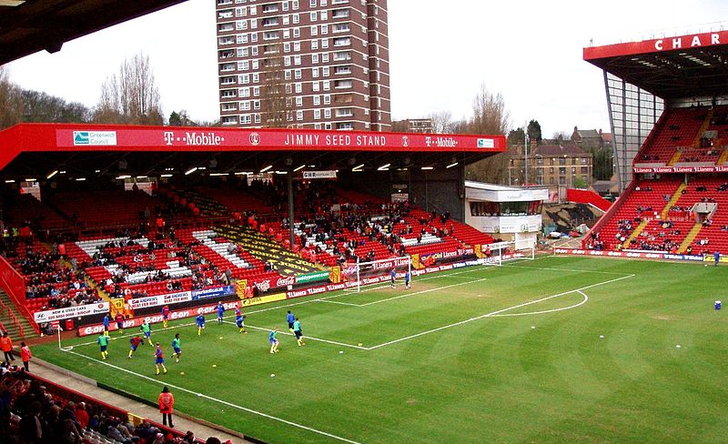
Another club to play in seven different stadia during its existence is Charlton Athletic. Unlike Sunderland, Charlton’s homes haven’t always been fully-formed ground. Their first home, for instance, was Siemens Meadow, a patch of ground near the Thames. They played at Woolwich Common for a year, then Pound Park for five years and Angerstein Lane for two years until the First World War began to take hold.
After the war Charlton played games at an area known as The Swamps, later to be renamed to The Valley. Interestingly, Charlton didn’t remain at The Valley as you might assume. Instead they moved to The Mount Stadium in Catford after a possible merger with Catford Southend Football Club was discussed. It didn’t happen, so they moved back to The Valley in 1924. Another move occurred in 1985 when the club controversially began a ground-sharing scheme with Crystal Palace at Selhurst Park, then in 1991 they moved to Upton Park for a time. They finally returned to The Valley permanently in December of 1992.
Millwall – 7
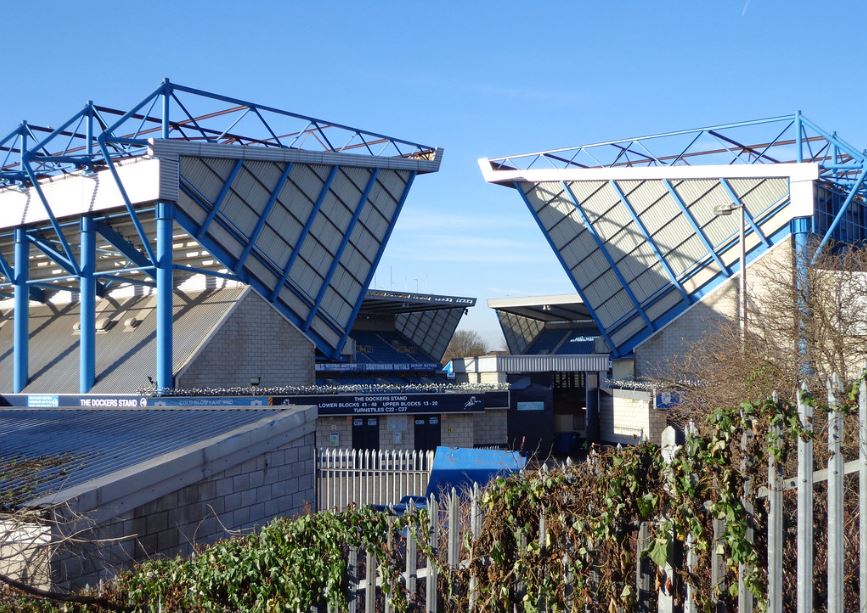
In 1890 they began playing at The Athletic Grounds, their first purpose-built stadium. Despite the fact that it was evidently a football ground that could host up to 15,000 people they were made to move on by Millwall Dock Company who had plans to utilise it as a timber yard. In 1901 they headed back towards The Lord Nelson when they played at North Greenwich for a time.
In 1910 they moved to Cold Blow Lane, which was in New Cross. In 1910 they began playing at a ground that may sound familiar, The Den. There they stayed until 1993 until they shifted one final time to begin playing at The New Den, often simple called The Den nowadays.
Nottingham Forest – 7
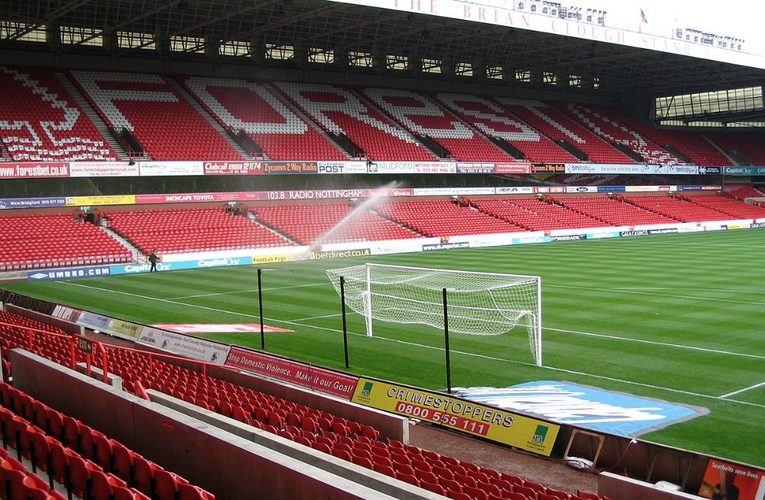
Another well-known club that took quite a while to find a permanent residence is Nottingham Forest. They had six different homes before eventually settling down at The City Ground, which is quite impressive when you consider that they’ve played there since 1898. Their first ever football matches took place at The Forest, a recreation ground about a mile outside of the city centre. That served them from 1865 until 1878 when they moved to The Castle Ground, which was predominantly a cricket ground located in an area of the city known as The Meadows. From there it was a trip to another, even more famous, cricket ground called Trent Bridge.
Forest played at the place that is considered to be one of the best locations in the world to watch cricket until 1882 until they moved on again, this time to Parkside Ground. This was essentially just an area of a field in part of the city called Lenton and was the only thing left as most other grounds capable of hosting football had been taken up. They stayed there for three years before moving once more to The Gregory Ground, a location used by Lenton United Cricket Club. In 1890 they acquired Councillor Woodward’s field and named it as The Town Ground, staying there until 1898. That was when they made their final move to The City Ground, where they still play their matches today.
Sheffield Wednesday – 8
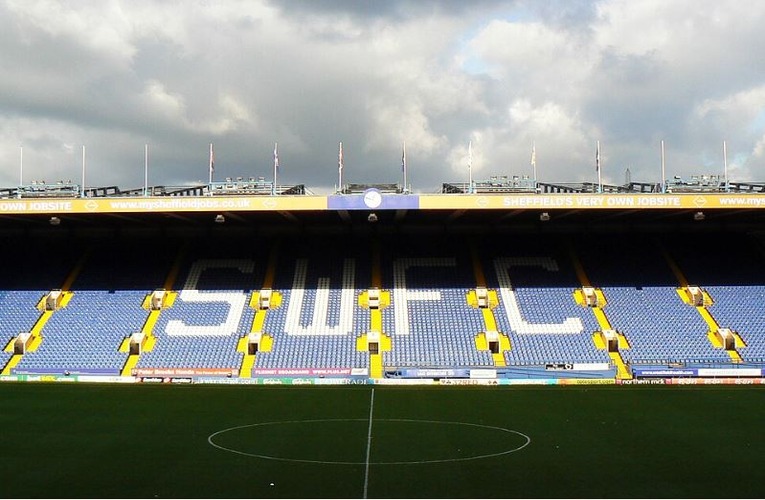
It should perhaps be no surprise that one of the oldest clubs in world football had a slightly unsettled start to life. So unsettled, in fact, that eight is the most definitive guess that historians can come up with when it comes to where The Owls have played over the years. Life for The Wednesday, as they were known back then, began at Highfield near to London Road. They then played games for a time at Myrtle Road, named after the road it was located on. It was back towards London Road for a time when they played matches at Heeley and then a quick stint at the city’s famous Hunter’s Bar area.
From 1877 until 1880 The Wednesday played games at a ground known as Sheaf House. They continued to play some of their matches here until 1887, though they also used a stadium perhaps more readily associated with a different Sheffield club. From 1880 to 1887 The Wednesday played numerous games at Bramall Lane, now more commonly known as the home of their arch rivals Sheffield United. Their penultimate move took them to Olive Grove and this was their first permanent home where they played for more than a decade. Then in 1899 they moved to the place they still call home today, Hillsborough Stadium.
Kingstonian FC – 8
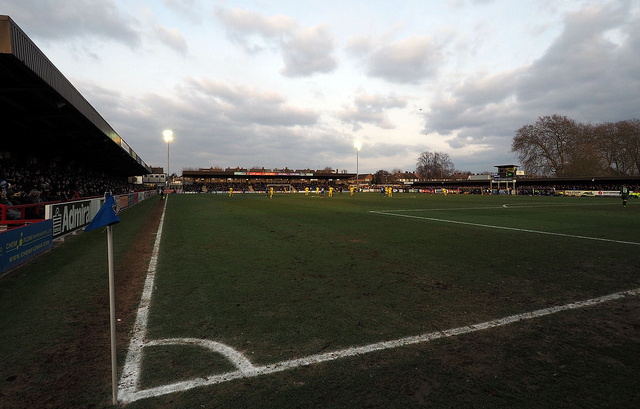
The first of our non-league sides, Kingstonian played at numerous places during the club’s formative years. They started life at Oil Mill Lane, played some games at Fairfield in the town’s centre then in 1898 they moved to Dinton Road, the first private enclosure of their existence. After four years there they shifted to Lower Marsh Lane. In 1908 the club split in two, with Old Kingstonians playing at Norbiton Sports Ground. They reunited after the way, so it counts.
For the majority of its existence the football club played games at Richmond Road, moving to the purpose-built Kingsmeadow Stadium in 1989. That was on the same piece of land where Norbiton Sports Ground once stood and nowadays they ground-share with AFC Wimbledon. Just before that, though, they spent a season or so ground-sharing with Hampton F.C. at their home The Beveree Ground, taking their total number of verified stadiums to eight.
Oxford United – 8

Despite being formed in 1893, Oxford United didn’t find a regular place to play football until 1913. Prior to that they moved between numerous locations in the city suburb of Headington. At one point or another each of Quarry Recreation Ground, Wootten’s Field, Sandy Lane and Britannia Field hosted Oxford United matches. It was Wootten’s Field that would become a regular place for them to ply their trade when they bought it in 1913 and turned it into a proper home for football, only for it to be redeveloped in 1920 before they could build a stadium there.
From 1925 until 1949 the club shared The Manor Ground, which they helped to build, with Headington Cricket Club. The cricketers moved to Cowley Barracks in 1949 but Oxford kept playing there until 2001. In the wake of The Taylor Report into the Hillsborough Disaster it was decided that redeveloping The Manor Ground would be too pricey, so instead the club chose to build a stadium specifically for their needs. Work began in 1997 but was suspended due to financial constraints, resuming again in 1999, eventually opening in 2001 under the name The Kassam Stadium.
Gloucester City A.F.C. – 12
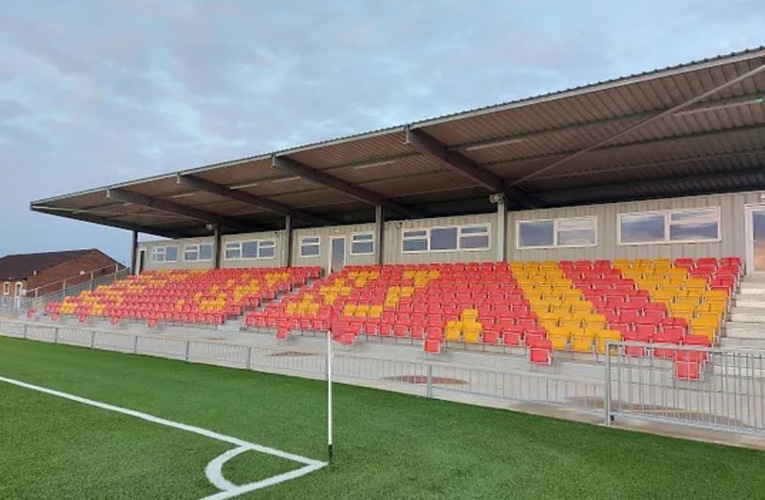
Gloucester City A.F.C. are a semi-professional non-league side, so it’s no shock that they haven’t been able to afford to call one specific place home. Instead they’ve bounced around from pillar to post, calling twelve different locations home at one point or another. If they were a person then they’d actually have had the removal men in an incredible seventeen times, having had three different stints at The Avenue Road Ground and four at Buddings Road. Life started at the latter in 1893, shifting to the former in 1895. They then spent a year at Co-operative Field in 1896 bounced around the other two until 1913 and then spent twelve years at The Llanthony Ground.
In 1927 they ended up at Sutgrove Park for six years in the wake of their fourth and final period at Buddings Field, then they moved to The Bon Marche Ground for three years. The The Ground at Longlevens came next and they actually managed to stick out here for a while, staying from 1936 until 1964. They enjoyed a more settled spell at numerous venues after this, remaining at Horton Road Stadium until 1986 and then at Meadow Park until 2007. A season at The New Lawn in Nailsworth was followed by two at The Corinium Stadium in Cirencester. Then in 2010 they eded up at Cheltenham’s Whaddon Road, where they remain to this day.
Fulham – 12
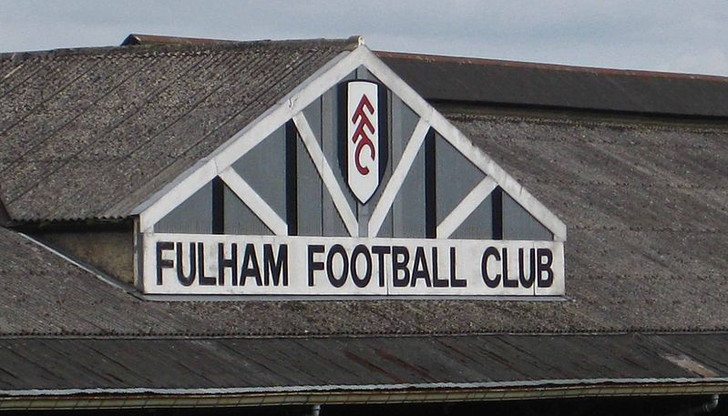
Fulham have played in more locations than any other league side bar one. Believe it or not, football historians also believe that this list might be ‘soft’, with definitive knowledge of the places they’ve called home unavailable. Sufficed to say it would take forever to go into detail over every one of these locations, especially as some were likely to be little more than fields of grass or parks. We’ll give you a quick breakdown, though. It is believe, for example, that the club’s first games were played in Hurlingham Park in 1879. They didn’t stay here for long, moving to Star Road in Hammersmith later that year and staying there for four years. From 1884 until 1885 they played matches at Eel Brook Common, then they spent a year at Lillie Rec.
Putney Lower Common was home for the 1885-1886 season and then they spent two years at Ranelagh House. In 1888 they crept close to their current home when they played on rugby fields at Barn Elms Playing Fields, across the Thames from Craven Cottage. From 1889 to 1891 they kicked a ball about at Parsons Green before spending four years behind the Half Moon pub in Putney. 1895-1896 saw them in West Brompton, then in 1896 they finally found some peace when they moved into Craven Cottage.The story
doesn’t end there, though, as they had to play at Loftus Road between 2002 and 2004 as the Cottage was redeveloped, moving back in in 2004 and staying there ever since.
Queens Park Rangers – 14
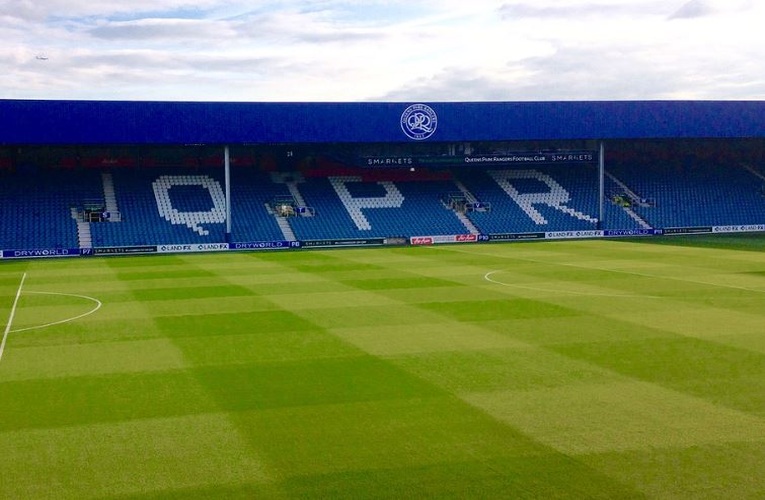
Since becoming members of the Football League in 1920, Queens Park Rangers might give the impression of being a nice and settled club. After all, they’ve only played at two different grounds during that time. Before then, though, they were the nomads of English football. In fact, suggesting that they’ve played in fourteen difference locations is generous considering the start of their existence saw them play on numerous grass areas around Queens Park. The first venue they played at that we know about was Welford Fields, where they were based from 1886 until 1888. Then came six different locations within the same year, namely London Scottish Ground, Home Farm, Kensal Green, Gun Club, Wormwood Scrubs and Kilburn Cricket Ground. In 1891 QPR played at Barn Elms and stayed there for eight years before moving to Kensal Rise Athletic Ground for two years.
They had a brief sojourn to Latimer Road for the 1901-1902 season before heading back to Kensal Rise until 1904. The Royal Agricultural Society Showgrounds was then home for three years before they spent a decade at The Park Royal Ground. You’d think that there movement would have been curtailed when they eventually ended up at Loftus Road in 1917, but that simply isn’t true. They stayed there until 1931 when they moved to White City Stadium. Two seasons there were followed by 29 years back at Loftus Road, then it was another year at White City Stadium before finally settled at Loftus Road in 1963 until the present day. There are plans to build a new stadium at Old Oak Common in West London, though, so don’t hold your breath just yet…
